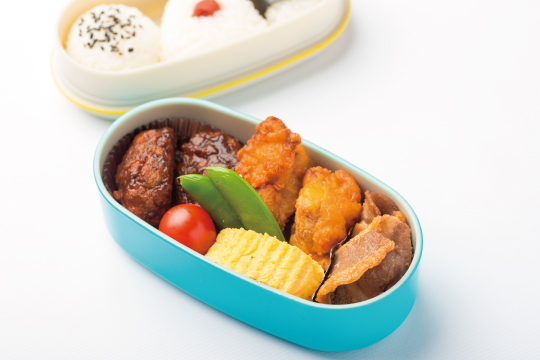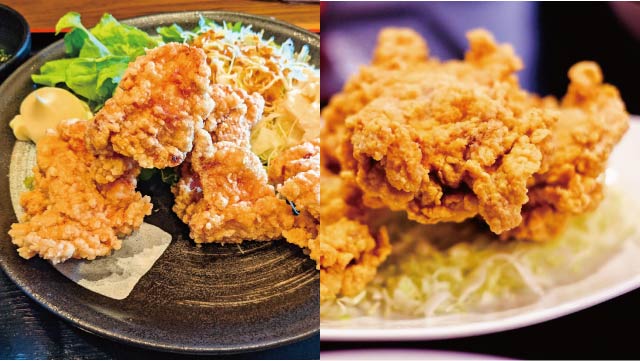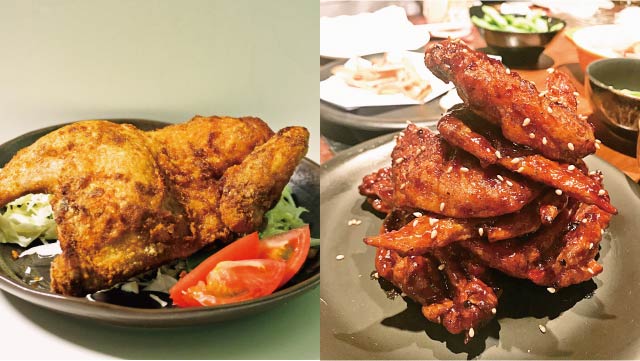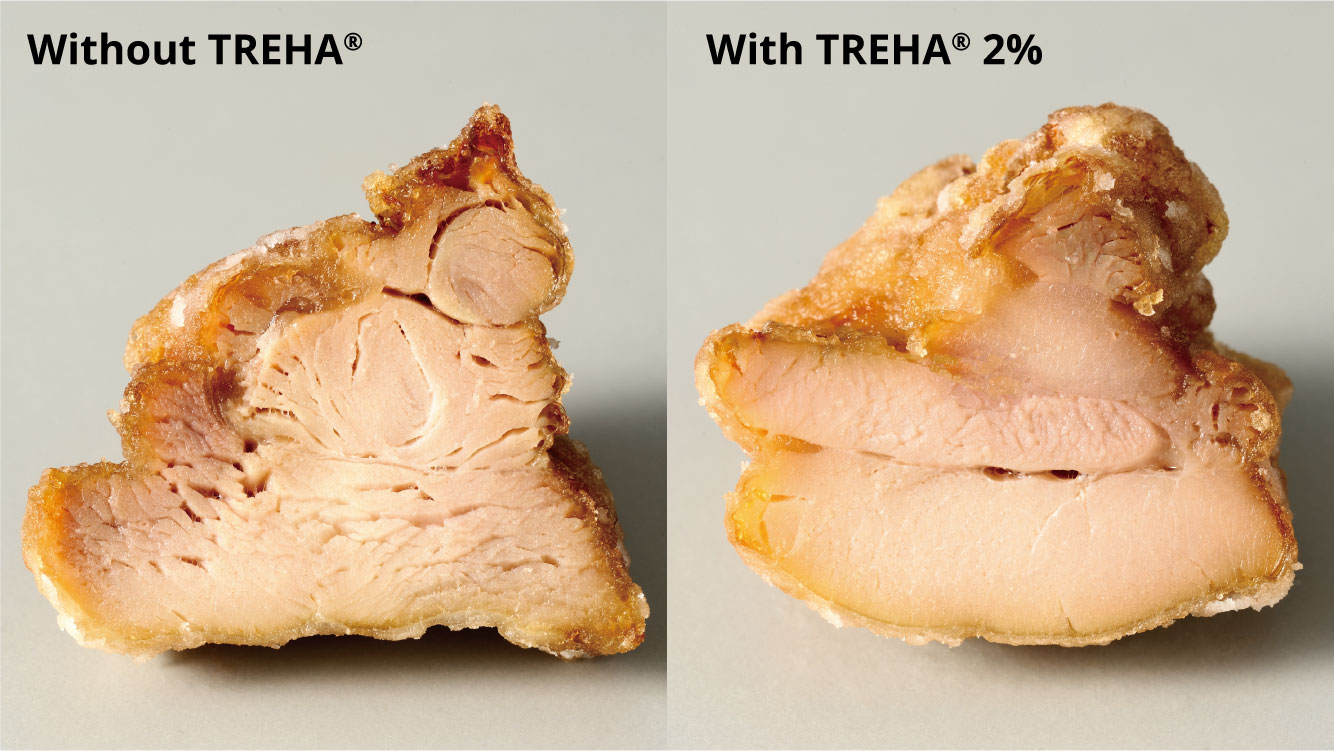News & Blogs
In this blog, we touch on diverse topics about Japanese food cultures, practices together with the culinary secret, TREHA®, and its important role in the Japanese food industry. We hope our blog helps you obtain in-depth knowledge of the secrets and science behind Japanese cuisine, shared from our kitchen, to yours.
What is "karaage"?
Although “karaage (唐揚げ)" pretty much refers to fried chicken, the ingredient for karaage is not limited to chicken. Karaage is a deep-fried dish without batter but coated with wheat flour or potato starch. When we mention "karaage,” the vision of fried chicken pops up in the minds of the Japanese.
According to a survey conducted by the National Karaage Survey 2020, “karaage” was voted No. 1 in the best dish rankings, overtaking “yakiniku (焼肉 Korean BBQ)” and “gyoza dumpling (餃子).” About 90% of the survey respondents said they are fond of "karaage.” We can say that karaage achieved a national dish status from this result. To support this, the estimated consumption of karaage fried chicken per year in Japan also seems to have increased from 25 billion pieces in 2019 to 41.7 billion in 2020.
Despite the economy declining due to the pandemics in 2020 and 2021, the "karaage market" has grown. I noticed many fried chicken specialty stores during my walk around the city. For example, before I knew it, a shop that once sold boba tea had turned into a to-go karaage shop. Accordingly, some karaage specialty stores’ sales grew 1.6 times the previous year.
Karaage reigns not only as an item sold at specialty stores but also as a popular side dish menu at supermarkets and convenience store chains, which are hard at work on their original recipe development. Their tireless effort is proven to work because the longer the waiting time at the convenience store cashier, the more frequently I end up buying the warm karaage glamorously displayed in the hot snack showcase at a convenience store.
At depachika, the department store basement we introduced in a previous article, many high-quality karaage vendors compete with each other. At home, it is no exaggeration to say that frozen fried chicken is part of the stockpile for each household because it can be easily prepared with a microwave anytime needed. Karaage is a popular main or side dish in everyday meals, lunch boxes, set menu at a casual diner. It is also a popular appetizer at an izakaya.
The definition of karaage is broad. Thus it can be interpreted to be a dish of generosity. According to the Japan “KARAAGE” Association, “We are not at all obstinate about the cooking procedure of karaage. We believe karaage is a peacemaking food. As long as it makes everyone smile, it is all good.” This is the background of why karaage comes in so many varieties. Not to mention the classic soy sauce seasoning, the endless flavors exist, including sauces with a unique spice mix, fruity sauce, sweet and sour sauce, Worcestershire sauce, tartar sauce, and negidare (green onion sauce).

Karaage as local specialty - Gotochi karaage (ご当地唐揚げ)
Like Ramen noodles introduced in the previous article, karaage showcases local delicacies. There are numerous types of karaage all over the nation. Some are rooted in the region for a long time, and others are invented to revitalize a local town. The karaage that successfully represents local flavor is called "gotochi karaage,” meaning the local specialty karaage. Here are only a few of them.
Nakatsu karaage (中津からあげ) - Nakatsu City, Oita Prefecture
Nakatsu City, Oita Prefecture is a certified mecca for karaage by the Japan "KARAAGE" Association. The city boasts more than 60 specialty karaage restaurants; thus, people consider karaage restaurants the same fashion as sushi restaurants, indicating a trained karaage chef prepares the dish as much as a trained sushi chef prepares sushi.
"Nakasu Karaage" is marinated in a soy sauce-based or salt-based marinade using, on average, ten different kinds of seasonings, including garlic and ginger, for example. Each store has its secret recipe, ingredients, and preparation method. Such professional obstinacy makes Nakatsu Karaage very attractive.
Zangi (ザンギ) - Kushiro City, Hokkaido"
Zangi emerged in the Kushiro City of Hokkaido, a gourmet kingdom in northern Japan. The unique name is assumed to originate from "zha ji (炸鶏),” meaning fried chicken in Chinese. Around 1960, a yakitori restaurant started offering karaage using chunk meat with bones, later called zangi. The zangi is characterized by its bold soy sauce flavor. Some restaurants marinate the chicken overnight to achieve the desired taste.

Hanbaage / Hanmiage (半羽揚げ/半身揚げ) - Niigata City, Niigata Prefecture
Appearing around 1959 in Niigata City and its surrounding areas, "Hanbaage" or "hanmiage" successfully became Niigata prefecture’s well-known gourmet. "Hanba" and "hanmi" mean half-body, which is a daring fried chicken using a halved chicken. The most distinct feature is the curry flavor. The recipe developer, the owner-chef of a restaurant, was inspired by the efficiency of splitting a whole chicken into half instead of small pieces, and Japanese curry rice, which gained popularity as a Niigata prefecture’s new school lunch menu.
After coated with curry powder, salt, and potato starch, the halved chicken is slowly deep-fried for 15 minutes, making the skin super crispy while the meat is deliciously juicy. The halved chicken offers various tastes and textures due to different cuts being included.
Tebasaki (手羽先) - Nagoya City, Aichi Prefecture
Nagoya city has a unique food culture and is a fierce battleground for gourmet food. The characteristics of the specialty dishes are so striking that they are often called "Nagoya-meshi (名古屋めし),” meaning Nagoya dish, instead of "Gotochi (ご当地 local) gourmet.” Fried "tebasaki (手羽先 chicken wing)" is one of the iconic Nagoya-meshi dishes. The restaurant in Nagoya tried to find good use of chicken wings to be discarded and came up with deep-frying them to feed its staff members.
The famous “tebasaki” became a regular menu when a customer requested the chicken wings after spotting them being served to the staff members. Unlike the regular karaage, the surface of tebasaki is moist because the uncoated chicken wings are deep-fried and then dressed with sauce.

TREHA® can make good karaage, guaranteed.
TREHA® inhibits the dryness of karaage and maintains its tenderness.
Below is a comparison of the cross-sectioned surface of karaage left for 2 hours after cooking. The samples were prepared in the marinades with and without TREHA and evaluated for the cut surface condition. The samples were fried at 345ºF for 2.5 minutes and stored for 2 hours at room temperature. The TREHA® sample (right) retains its moisture and tenderness better than the sample without TREHA® (left).

For tender karaage or fried chicken, add 2-5% of TREHA® for raw meat. If you are interested in trying authentic karaage using TREHA®, click here.
Did you find this blog interesting?
Please share it with your friends in the food service industry.
We regularly update the blog about the food culture of Japan, where TREHA® was discovered for culinary applications.
Click here and send us a message to subscribe.
Or hit us up on Instagram @trehalose_sensei!]
You might also be interested in:

